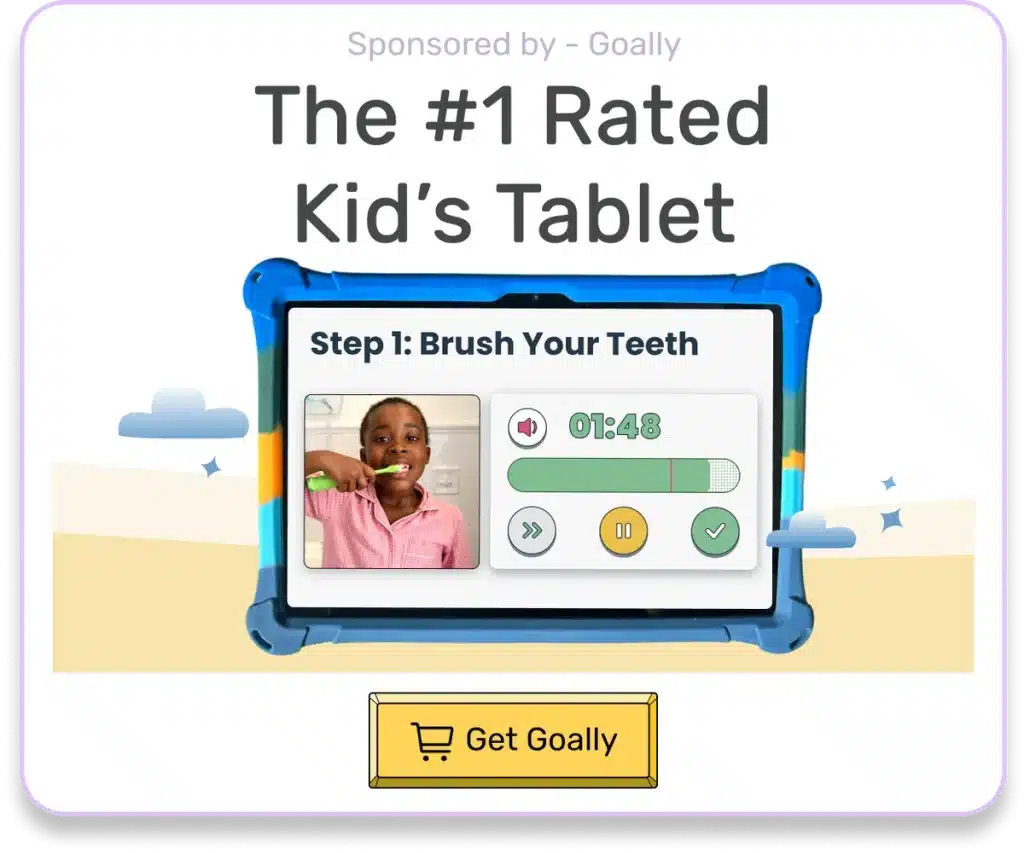Discover the transformative power of a simple tool – timers, and their profound impact on managing ADHD in neurodivergent children. This guide delves into how timers can create structure, enhance focus, and teach time management skills. It also provides insight into the variety of timers designed for specific needs and effective strategies for integrating them into your child’s routine. Learn how this often overlooked tool can revolutionize time management and behavior in your ADHD child.
Table of Contents
It’s About Time: Why Timers Work for ADHD
The magic of timers
Timers can work wonders for kids with ADHD because they:
- Create structure: Timers provide a sense of order, which is crucial for kids struggling with transitions or staying focused.
- Improve focus: Setting a specific task time limit helps kids concentrate and avoid distractions.
- Teach time management skills: Timers help kids understand how time passes and learn to plan their activities.
Timers give kids a visual or auditory cue, making it easier to grasp the concept of time. This helps them stay on track and complete tasks more efficiently.
Different timers for different needs
There are various types of timers to choose from, depending on your child’s needs and preferences:
- Visual timers: These timers show the time left visually, like a disappearing colored disc or a countdown. They’re great for kids who have trouble understanding the idea of time.
- Auditory timers: These timers make a sound when time is up, which is perfect for kids who respond better to sounds.
- Vibrating timers: These timers vibrate when time is up, giving a quiet and private alert for kids who don’t like loud noises.
| Timer Type | Best For | Example |
|---|---|---|
| Visual | Kids who need visual cues | Time Timer |
| Auditory | Kids who respond to sound | Kitchen timer |
| Vibrating | Kids who prefer discreet alerts | Vibrating Watch |

Read more: Getting Kids with ADHD to Focus
Pause and Play: How to Use Timers Effectively
Introducing timers to your child
To make timers and ADHD work well together, it’s important to introduce them in a way that connects with your child. Here’s how:
- Explain the purpose: Make sure your child knows why you’re using a timer and how it can help them. Keep it positive!
- Pick the right timer: Choose a timer that fits your child’s needs, likes, and age.
- Start small: Begin with short amounts of time and slowly increase them as your child gets used to the timer.
- Make it fun: Turn using timers into a game, like trying to beat the timer or finish a task before time runs out.
Goally | The Safest Tablet for Kids

When to use timers
Timers can help with many tasks and situations, like:
- Homework: Break down assignments into smaller parts to help your child focus.
- Chores: Encourage your child to be independent and responsible by setting a timer for each chore.
- Transitions: Make changing activities easier by giving your child a heads-up with a timer.
- Screen time: Limit how long your child uses devices and teach them healthy digital habits.
- Morning and bedtime routines: Make getting ready for school or bed less easier by setting a timer for each step.
Using timers for various activities helps kids understand the importance of time management and staying focused. They’ll be more likely to complete tasks without getting overwhelmed or frustrated.

Read more: Timers for Kids With ADHD and Autism
Time Out: Using Timers for Behavior Management
The power of timers for timeouts
Timers can also help manage challenging behaviors in kids with ADHD. Here’s why:
- Clarity: Timers give a clear and consistent structure for timeouts, making it less confusing and frustrating for you and your child.
- Accountability: Using a timer ensures the timeout is fair and the same every time, which helps build trust and cooperation.
- Self-control: Timers let kids practice controlling their emotions and actions within a set amount of time.
How to use timers for timeouts
To use timer-based timeouts effectively, follow these steps:
- Set the timer: Choose the correct length for the timeout, usually one minute for each year of your child’s age.
- Explain the reason: Make sure your child knows why they’re getting a timeout and what they can do better next time.
- Be consistent: Use the timer the same way every time for timeouts so your child knows what to expect and what will happen.
- Talk about it: After the timeout, talk with your child about the situation and help them think of ways to avoid problems in the future.
Using timers for timeouts helps kids learn from their mistakes and improve their behavior. It also creates a more consistent and fair approach to discipline.
Try Goally For Your Child With ADHD
Goally helps kids with ADHD stay focused and build skills. Unlike a Kindle or an iPad that kids get easily distracted on, Goally has no YouTube, no social media, no web browser, and especially no ads.
Goally uses game play as a points-based motivator for your kiddo with ADHD and helps them learn emotional regulation skills. It’s simple to set up and has an expert-informed design.

Success with Timers and ADHD
Parents and caregivers who have used timers with their neurodivergent kids have seen significant improvements in time management, focus, and behavior. By adding timers to your child’s daily routine, you can help them learn essential skills that will help them throughout their lives.
- Homework hero: With the help of a timer, your child could complete their homework without constant reminders from their parents.
- Chore champion: Your child can also use timers to become more responsible for their chores, making life easier for the whole family.
- Screen time superstar: Timers can help manage screen time better, leading to healthier digital habits.
So, are timers good for ADHD? Absolutely! With the right approach, timers can be a game-changer for kids with ADHD and their families. Give it a try and watch the magic happen.
FAQs About Timers and ADHD
What is the role of timers in managing ADHD? Timers help in managing ADHD by providing a visual or auditory structure, which aids in improving focus and teaching essential time management skills.
How can timers aid in improving focus for ADHD kids? Timers help improve focus by setting a specific task duration, which aids children with ADHD in concentrating on the task at hand and minimizing distractions.
What types of timers can be used for kids with ADHD? Different types of timers like visual, auditory, and vibrating timers can be used, each catering to specific needs of children with ADHD.
How are timers beneficial in managing screen time for ADHD kids? Timers can effectively regulate screen time by setting clear boundaries, teaching kids healthier digital habits and helping to balance their daily activities.
How can timers assist in behavior management for kids with ADHD? Timers provide a clear structure for timeouts, helping kids practice self-control and understand the consequences of their actions in a set timeframe.
This post was originally published on April 16, 2023. It was updated on March 22, 2024.

Goally
We help parents teach their kids life skills, like doing bedtime and morning independently. Backed by science, we incorporate evidence-based practices and expert-informed designs in all of our apps and content.






